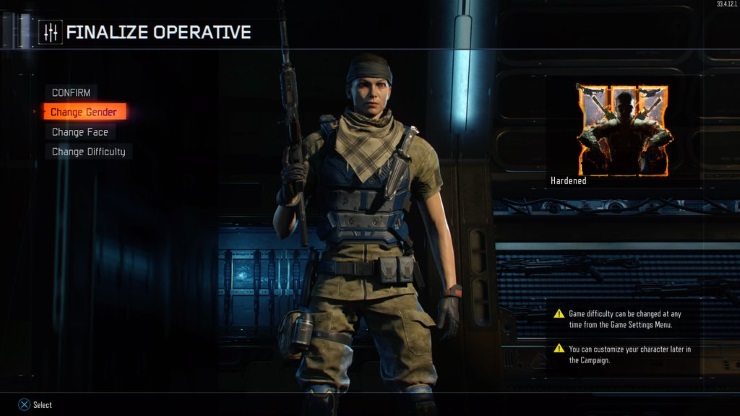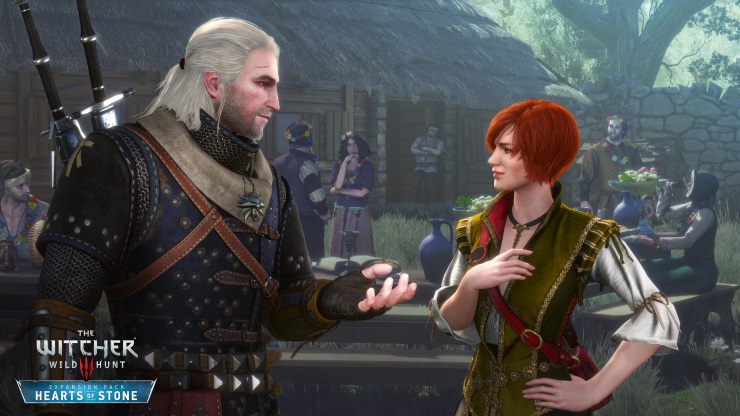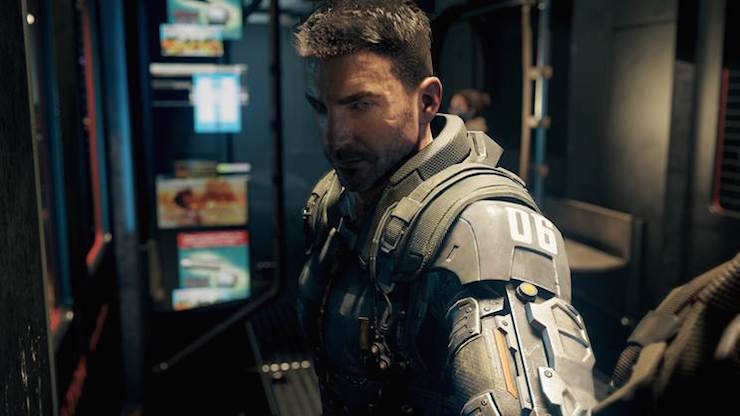Recently we saw the latest installment of Activision’s bombastic war-FPS franchise Call of Duty hit our consoles and PCs. Black Ops 3 arrived on the back of generally good reviews with many saying that while the campaign was forgettable story-wise, it is still fun to play, and that the multiplayer is as good as it ever was.
The single player campaign this year made the bold move of allowing people to play the whole thing as a woman. No physical difference in terms of abilities, just appearance and voice, meaning that a whole new demographic can now be represented…. as long as you’re caucasian.
Treyarch went to all the trouble of creating two separate player avatars, but they failed to include a great deal of other people – people of colour. The thing is, that while you can play as both a man, and a woman, you can adjust the face to one of nine different presets for either gender; but the only skin tones you can choose are white, white, or, well, white.

Many games allow players to customise their avatars, whether they’re playing the story or in multiplayer. These days the options are vast, allowing people to sculpt cheekbones, fill out lips or create incredibly deep dimples. While there are some that don’t have many options (I’m looking at you, Rory McIlroy’s PGA Tour), they do still allow you to choose from a multitude of skin tones.
So, what’s the deal with Call of Duty? It has been said that creating skin tones for other races wouldn’t make sense, because the recorded dialogue for the characters would sound like they don’t fit; that all of a sudden, it wouldn’t seem right. There are other reasons, but this one is the one that many are falling back on, but it still doesn’t make sense, there’s no such thing as a ‘white voice’, accents are formed from your region and upbringing. By saying that the voices wouldn’t match is racial stereotyping.
Metal Gear Solid V came out this year, and we find ourselves still playing as Snake, yet we find ourselves able to painstakingly alter his appearance. Eye colour, hair style, facial features and, yes, even his skin tone. Big Boss is an all American white male, yet you can choose to play him as an afro-sporting black man. So, not only are we completely altering the appearance of a well established character, but his voice is also that of a white man.
There was a recent survey in the US that showed a higher percentage of women owned games consoles than men (42% of women compared to 37% of men), so it looks as if Treyarch’s decision to include women in the campaign makes sense. However, the study also shows that higher percentages of Black and Hispanic people own consoles than white people (43% for black, and 45% for Hispanic compared to 39% for white), showing that there’s a great deal of people out there playing games that find themselves not included within the casts.

The Witcher 3 was called out this year for a cast that lacked people of colour. A rather bizarre omission considering the Witcher series had featured them before. In number three they weren’t anywhere to be seen outside of a demon or two (note: this is not a good type of inclusion). CD Projekt RED made amends for this by having them appear in the recent Hearts of Stone expansion which generated a lot of positivity and goodwill. It may not seem like much, but positive representation like that does matter.
It’s good that Treyarch went ahead and included women as part of the single player campaign, and it’s a move that I sincerely hope that others follow in other titles, in both new and existing IPs. But by failing to include playable people of colour within their new, diverse single player campaign they alienate a significant portion of their audience, an audience that may still play, but feel excluded by this omittance. I don’t feel that this was a truly conscious decision on behalf of Treyarch, but I do believe it’s an incredibly poor oversight and one that they should look to address.
Diversity in games is an admirable goal for videogames right now and slowly but surely we’re moving in the right direction. Including people in your games who don’t usually get a lot of representation can only be a good thing. Showcasing how diverse the world is in a virtual version of it can heighten the feeling of immersion for everyone, especially if you can play as someone that represents you, as a person.





